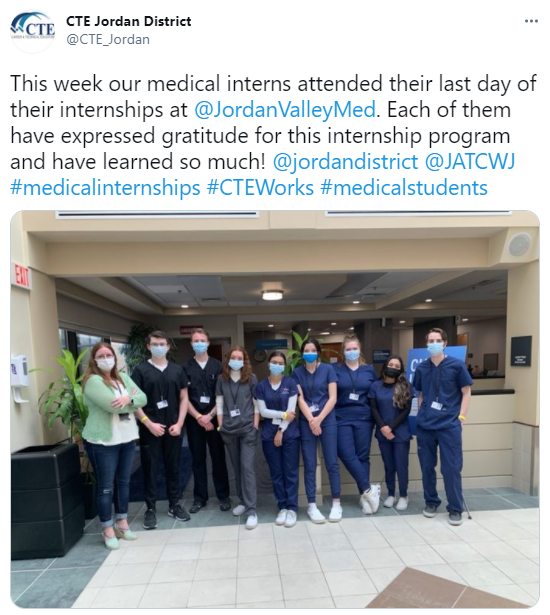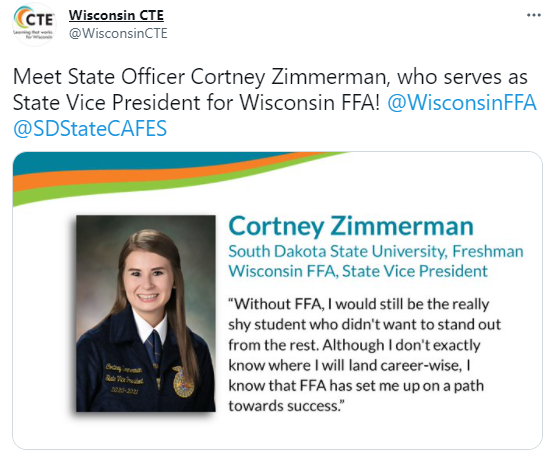
Among the updated resources for states to leverage is Promoting Career Technical Education: Social Media Guide. Social media is an important communications tool that can be used by states and local CTE intermediaries to effectively recruit learners into high-quality CTE programs, build and strengthen relationships with industry, extend advocacy to reach policymakers and build a network with other audiences about the value and promise of CTE.
Below are some of the key findings from Advance CTE’s recent research, as well as examples of how states used social media in response.
Participation in CTE increases satisfaction for families across all aspects of their education, but equity gaps exist in the levels of satisfaction reached in some aspects of CTE by historically marginalized groups.

Make an effort to provide an equitable lens across your content when sharing over social networks. Including learner photos that represent a variety of ethnic backgrounds, learner ages and learner needs is a great place to start. For example, the National Technical Student Association (TSA) used images of historically marginalized communities by race to recruit for the Technology Honor Society.
The vast majority of parents and learners (78 percent of prospective families and 85 percent of current families) continue to value college as the post-high school aspiration, but are more open to paths other than a four-year degree.

Tag industry and workforce partners in your social media posts. They are more likely to share social content that directly includes them, increasing your post engagement.
Across the board, CTE programs are most valued and attractive for their ability to provide real-world skills within the education system, offering concrete and tangible benefits that lead to college and career success.

For example, Jordan CTE localized its tweet by tagging the medical facility where learners were able to receive on-the-job training through their CTE experience and connect their passion to a career right in their community.
While teachers, school counselors and CTE learners and alumni continue to be the sources most utilized by parents/guardians and learners for information about CTE, online sources also emerged as an important access point.

To understand more about the major social channels, how to create a compelling post, when to engage key audiences and how to build your CTE network, read the full social media guide here.
Brittany Cannady, Senior Associate for Digital Media

